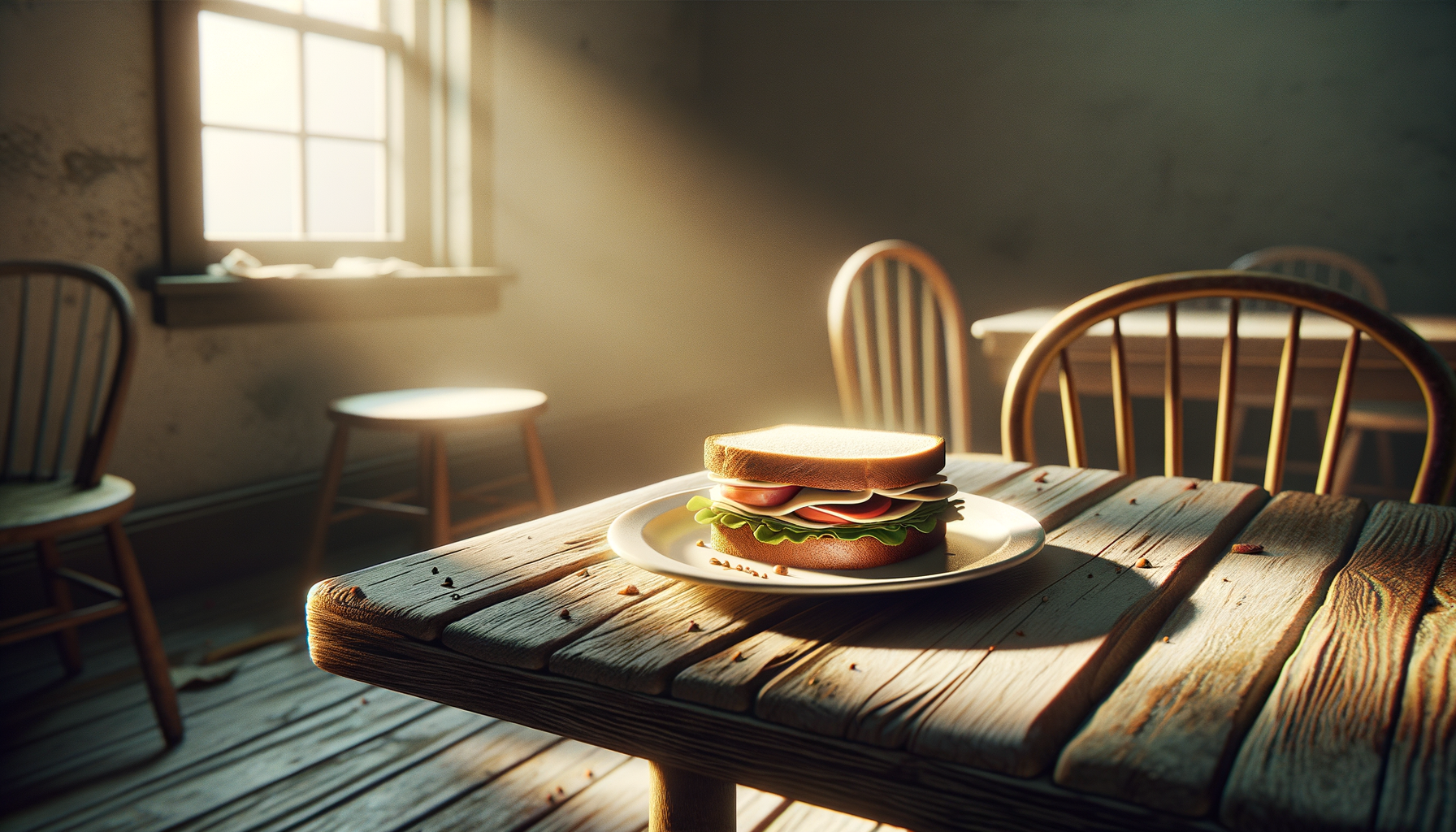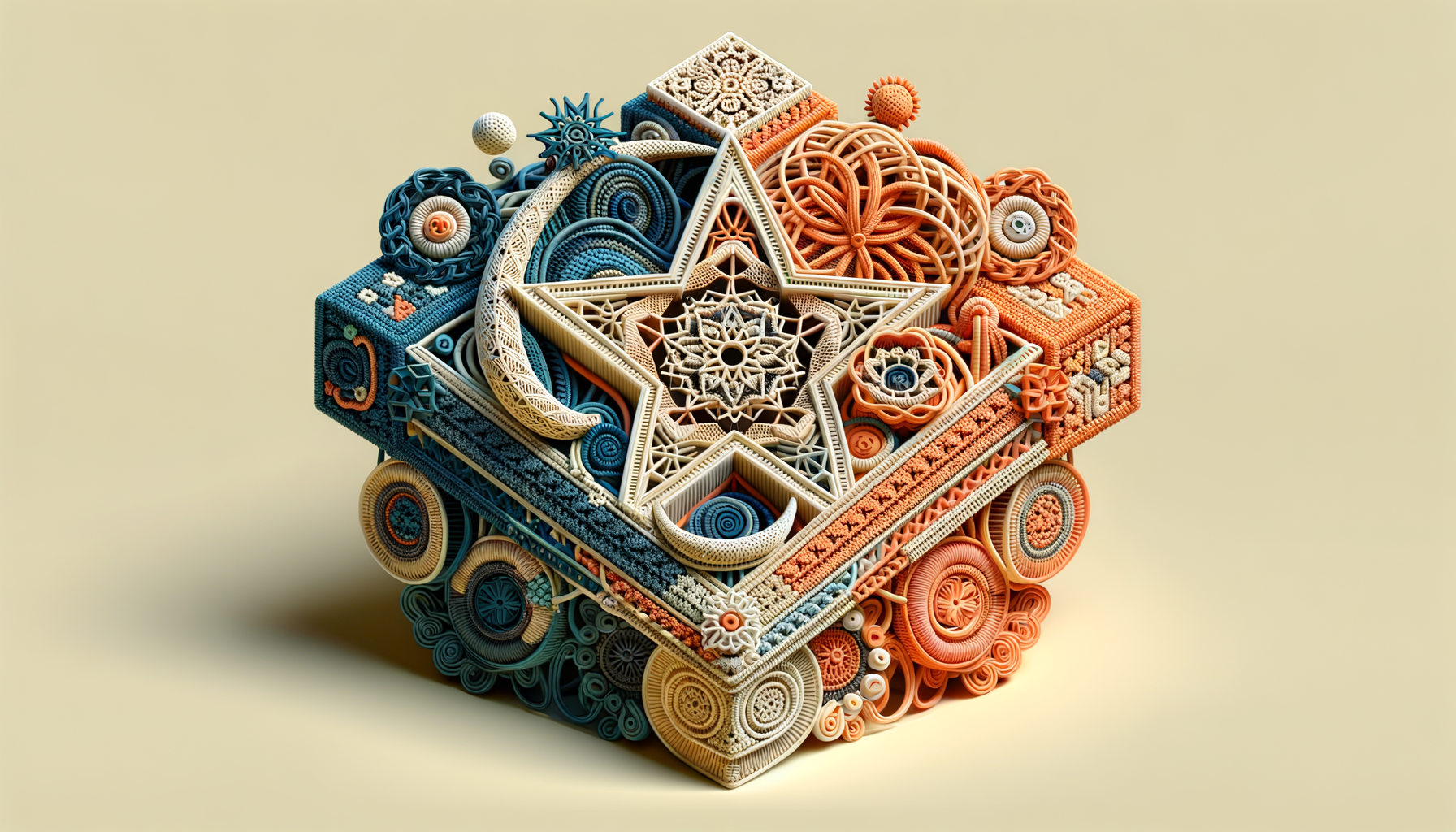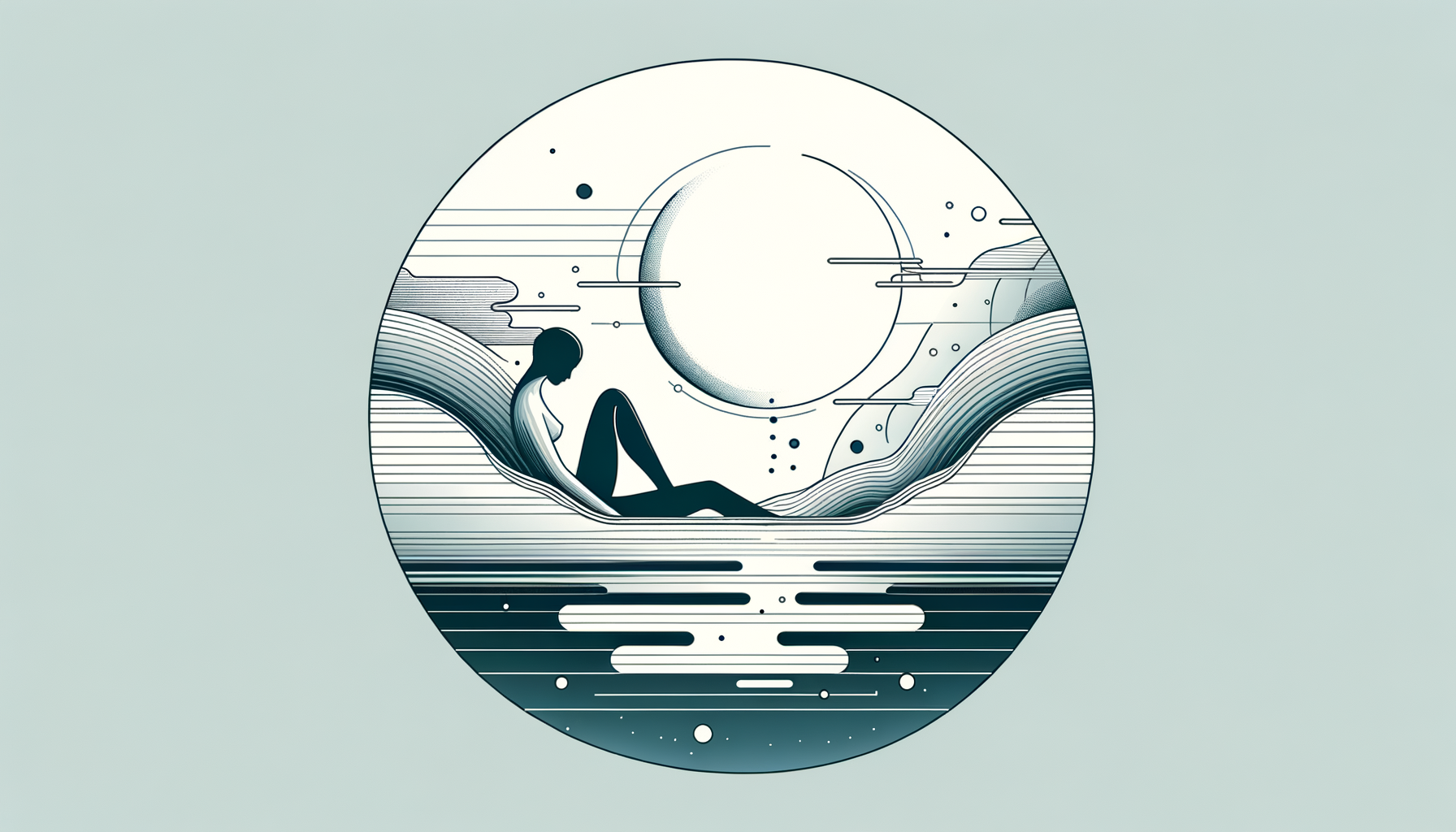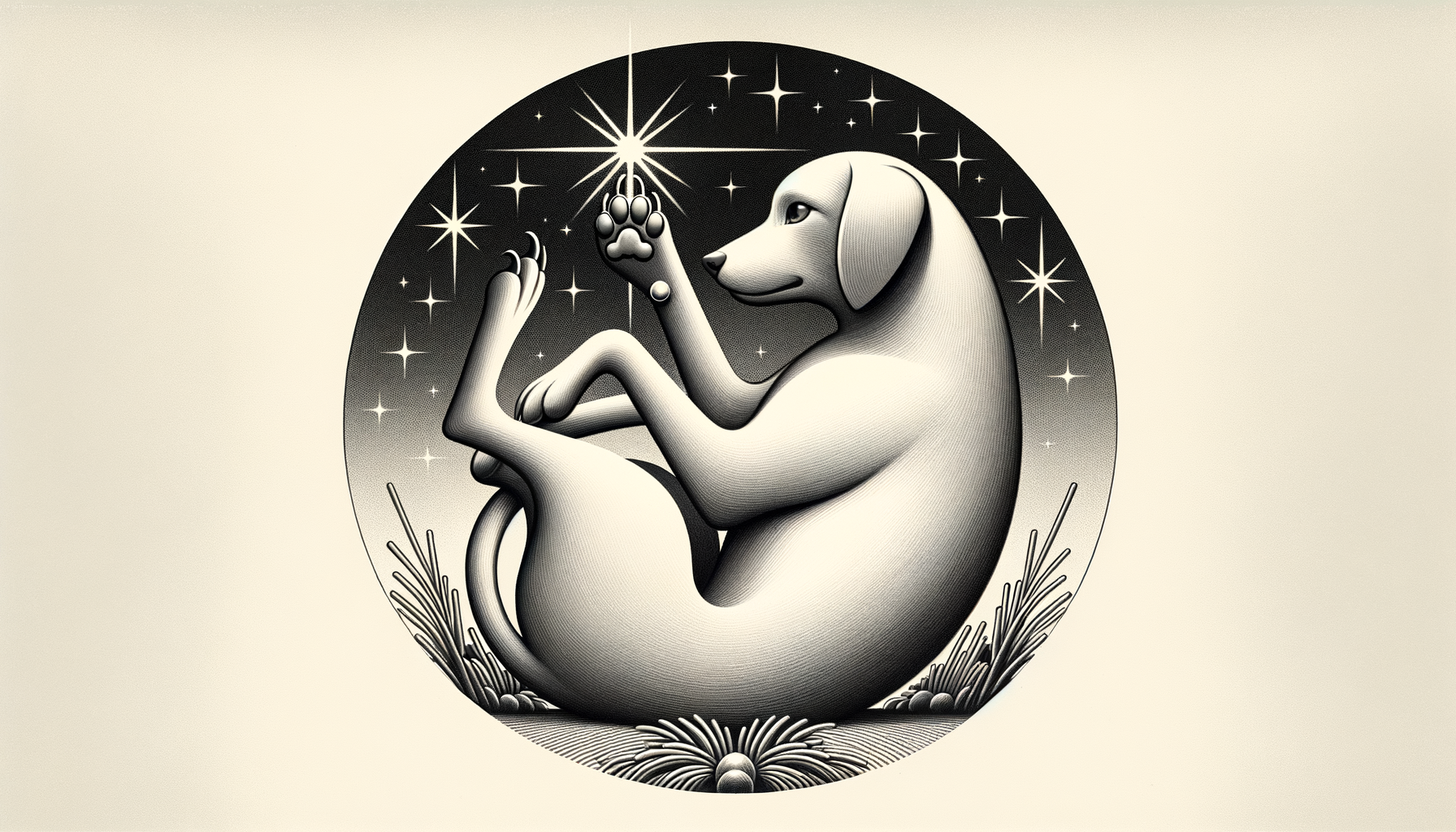The Battle I Fought in Secret
I used to believe the ocean could cure anything. Having a rough day? Dive into the waves. Relationship hiccup? Go paddleboarding. Mental fog? A salty breeze, followed by toes in the sand, could solve it. Growing up in La Jolla, I treated the Pacific like a personal therapist, dermatologist, and life coach—all rolled into one shimmering expanse of blue. But even the ocean couldn’t hold my deepest secret: my struggle with perfectionism and how it had quietly infiltrated my relationships.
It’s ironic, really. I’ve spent countless hours admiring tide pools, observing how hermit crabs upgrade their shells or starfish regenerate missing limbs after trauma. “Adaptability,” I’d preach to anyone who listened, “is how you survive the tides.” And yet, there I was, carrying around my own shiny facade of “perfect girlfriend,” terrified someone might glimpse the messy creature underneath. Spoiler: it wasn’t sustainable. Here’s what I learned while fighting that secret battle—and how letting go of perfectionism saved me from running aground.
Perfectionism Is Just a Fancy Cage
It all started innocently enough. Early in my dating life, I’d convinced myself that being the “cool, easygoing girlfriend” was my calling card. No, I didn’t care where we went for dinner (even if I did). Yes, of course, I loved watching late-night sports recaps (I didn’t). Wait, you thought I had emotions? Nope, just a chill tidepool creature, coasting along without a care or a complaint.
At first, playing the role was easy. But over time, being the low-maintenance, mild-mannered, always-agreeable partner felt like trying to surf while wearing a wetsuit two sizes too small—restrictive, exhausting, and really bad for balance. My attempts at “perfection” weren’t winning me relationship medals (or free guacamole at happy hour); they were robbing me of authenticity.
The truth finally hit me during an argument with a boyfriend over something trivial—probably whether pineapple belongs on pizza (a hard “yes” from me, by the way). “Why won’t you ever just tell me what you really think?” he asked. I opened my mouth to disagree—to blame him for pushing me to the edge—but what came out instead was six years of pent-up tears. Turns out, striving to be perfect was less about impressing others and more about avoiding my fear of rejection.
Good Relationships Aren’t Cafeteria Plastic
One day, I ventured out to my childhood beach to clear my head. The early morning tide had receded, revealing stretches of glossy kelp and weathered rocks glistening in the sun. I remembered something my mom once said while we poked around a tide pool: “The most fascinating creatures are found in the cracks and crevices. You just have to look a little closer.”
That’s when it clicked: I’d spent so much effort sanding down my edges that I’d become lifeless, cafeteria-tray smooth. My so-called “perfect self” wasn’t authentic—it was beige, boring, and incapable of real connection. Just like those tide pools, it’s the quirks, contradictions, and emotional depth that make us interesting.
So, I got curious. Instead of hiding my flaws like contraband sea glass, I started asking myself: What am I scared of people seeing? And how much of myself am I actually showing? The answers weren’t always poetic (being vulnerable, for instance, was scarier than stepping on a stingray), but they were illuminating.
How I Learned to Flip the Script (And Embrace My Own Weird Side)
Perfectionism masked my insecurities, sure, but it also kept me from being seen. Releasing it wasn’t a quick “aha!” moment—it was more like learning to parallel park on a busy street: lots of trial, error, and questioning decisions in front of innocent onlookers. Here are a few lessons I picked up along the way:
1. About that “cool girl” façade? Retire it immediately.
Letting someone pick the restaurant doesn’t make you agreeable; it makes you hungry for something you might not even enjoy. Relationships shouldn’t hinge on one person’s preferences. The next time someone asked, “Where should we go eat?” I threw out bold suggestions—tacos, greasy surf shack burgers, or my favorite ramen. Sometimes it led to laughs, sometimes to lukewarm curry, but I felt more alive by being myself.
2. Complaints aren’t “unsexy.”
This was a big one for me. I cringed at the idea of ever being labeled “demanding,” but staying silent about what bothered me made things worse. Now, if my boyfriend leaves wet laundry in the washer for the third time in a row, I say something with humor but honesty. Spoiler: It’s better than silently harboring resentment while rewashing mildew-scented socks.
3. Vulnerability doesn’t scare off the right people.
When I felt overwhelmed, instead of bottling it up, I started to say, “I’m having a rough day.” I cried when I needed to, laughed when I wanted to—and, wouldn’t you know it, the world didn’t end. The first time I opened up about my fear of not being “good enough,” my now-partner didn’t run for the hills; he hugged me and told me everyone feels that way sometimes. Knowing he accepted my cracks—and even admired them—felt like stepping into the sun after a foggy morning.
What Comes After the Armor Comes Off
Sometimes I wonder what I could’ve done with all the energy I wasted on trying to be perfect. Crochet? Learn Italian? Create a TikTok account for my dog? Whatever the case, I’m grateful that I finally had the courage to shrug off my “perfect girlfriend” armor.
The funny thing is, being imperfect didn’t just help me build a healthier relationship—it deepened everything. My interactions became more honest, my connections more resilient. Friendships grew stronger, and for the first time, dating didn’t feel like treading water while holding my breath. Letting my flaws show taught me something huge: love, real love, isn’t about disguising yourself—it’s about being totally, unapologetically visible.
So, the next time you find yourself editing out too much of who you are (whether that’s agreeing to watch a movie you secretly hate or pretending you don’t have big, messy feelings), ask yourself this: would you rather be liked for a version of you or loved for the real thing?
Take it from someone who spent years molding herself into what she thought others wanted—it’s the cracks, the quirks, and the genuine “you” that make the tide worth turning.




















